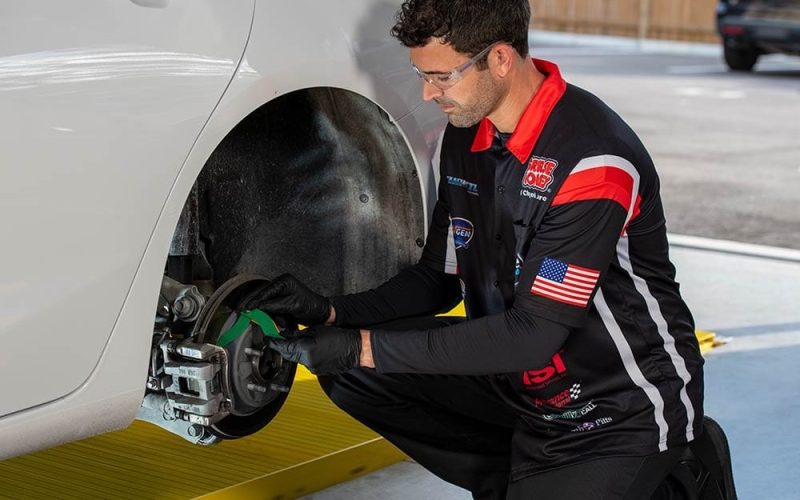Certain panels are more difficult to replace than others when a vehicle’s body is damaged. Minor dents on certain panels may be easily repaired, but others present serious problems that call for specific methods, equipment, and knowledge. Vehicle owners can better comprehend the intricacies involved and the importance of expert craftsmanship by understanding why some body panels are more difficult to repair. For quality results and dependable service, it’s best to rely on professionals who specialize in Auto Repair in Marion, IA.
Material Differences Affect Repairability
The body panel’s material composition is a significant determinant of repair difficulty. In general, traditional steel panels are simpler to weld and reshape than their contemporary counterparts. Lightweight materials like aluminium, carbon fiber, or composite polymers are used in many modern cars to increase performance and fuel economy.
For instance, because aluminium reacts differently to heat and pressure than steel, aluminium panels call for certain equipment and methods. If handled improperly, it may weaken or crack. Carbon fiber panels are completely unrepairable using conventional techniques; broken areas frequently require replacement or sophisticated resin and stacking techniques.
Panel Design and Accessibility
Repair complexity is also influenced by a body panel’s form and design. While panels with intricate curves, sharp angles, or integrated elements are more challenging to deal with without causing additional damage, panels with straightforward, flat surfaces are simpler to access and operate on. Some panels are also inaccessible near electrical, structural elements, or other sensitive regions. Due of this restricted accessibility, the repair process is more delicate and time-consuming, requiring skilled personnel to carefully cross these hurdles.
Integration with Other Components
These days, a lot of body panels are connected to other car components like trim, lighting, and sensors. For example, doors frequently have wire for power windows and locks, and fenders may have mounting locations for cameras or parking sensors. Repairs become more complicated when these parts are affixed to or embedded in the panel. The repair time is extended and more skill is needed since the professional must carefully disconnect and reconnect electrical systems or operate around delicate parts without injuring them.
Advanced Repair Techniques Required
Some panels need more sophisticated repair methods than just dent pulling or panel bashing because of the materials and designs used. Particularly for aluminium and composite materials, methods including heat curing, laser welding, and adhesive bonding could be required.
Conclusion
In terms of repair difficulties, not all body panels are created equal. The difficulties faced by technicians are exacerbated by materials such as carbon fiber and aluminium, complex designs, integrated electronics, and sophisticated repair techniques. Understanding these elements helps car owners see why expert shops with the necessary equipment and knowledge are crucial to properly repairing damaged body panels. Selecting knowledgeable experts guarantees that following an accident or impact, your car’s value, safety, and look are maintained.

